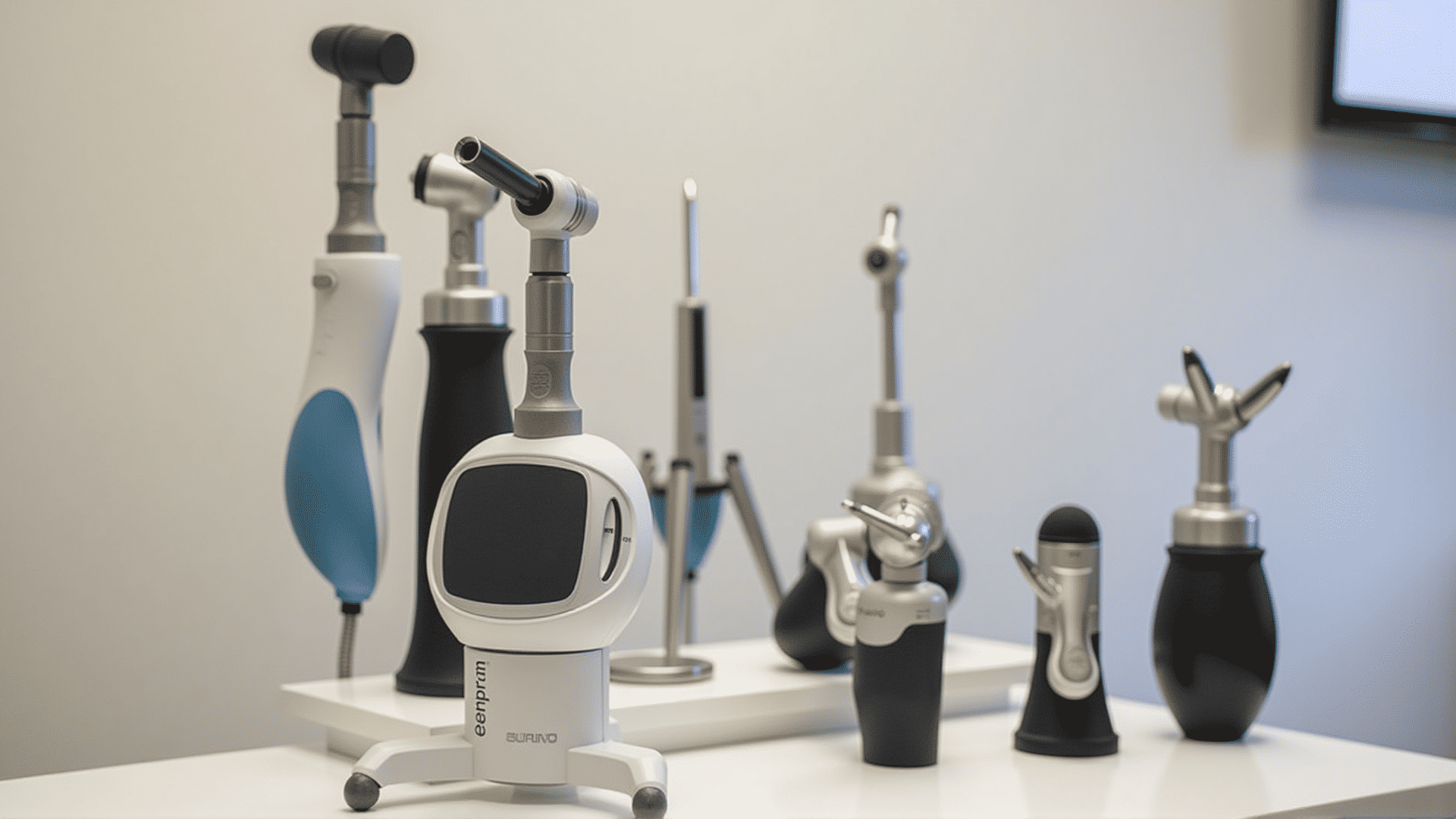Knee and back pain are common ailments that affect millions of individuals worldwide, significantly impacting their quality of life. Traditional pain relief methods, while helpful, don't always offer the lasting comfort that people seek. Fortunately, advancements in medical technology and holistic health approaches have led to the development of innovative techniques and tools designed to alleviate pain more efficiently and effectively. Let's explore some of these cutting-edge solutions.
Personalized Physical Therapy
Physical therapy remains a cornerstone in the management of knee and back pain. However, recent advancements now allow for a more personalized approach. By leveraging data from gait analysis, motion sensors, and even artificial intelligence, physical therapists can craft individualized therapy regimens. These tailored programs focus on improving strength, flexibility, and posture, catering specifically to the patient's unique biomechanics and pain patterns.
Regenerative Medicine
Regenerative medicine is making significant strides in pain management, particularly through the use of stem cell therapy and platelet-rich plasma (PRP) injections. These treatments aim to repair damaged tissues and reduce inflammation at the source. By injecting concentrated doses of the body's own healing components directly into the affected areas, regenerative techniques promote natural healing processes, often leading to more sustainable pain relief compared to traditional methods.
Neuromodulation Technologies
Neuromodulation is another innovative approach to pain relief, involving the use of devices that emit electrical impulses to modulate nerve activity. Spinal cord stimulators, for instance, have shown promise in alleviating chronic back pain by altering pain signal transmission pathways. These devices are customizable, allowing patients to adjust their settings for optimal comfort and relief.
Virtual Reality (VR) Therapy
Virtual reality therapy is an emerging field in pain management. By immersing patients in calming and controlled virtual environments, VR therapy can distract them from their pain, reducing both physical discomfort and the anxiety often associated with it. Research suggests that even short sessions can have long-lasting pain-relieving effects and help improve overall mental well-being.
Mind-Body Techniques
The mind-body connection plays a crucial role in managing chronic pain. Techniques such as mindfulness meditation, yoga, and tai chi have been shown to reduce knee and back pain by promoting relaxation, enhancing body awareness, and improving mental resilience. These practices encourage a holistic approach to pain management, focusing on both mental and physical healing.
Innovative Orthopedic Devices
Advanced orthopedic devices, such as custom knee braces and ergonomic cushions, are designed to support and stabilize affected areas, reducing strain and facilitating healing. Modern designs consider both functionality and comfort, ensuring that individuals can carry out daily activities with minimal discomfort.
Wearable Technology
The advent of wearable technology has opened new avenues for pain management. Devices that monitor posture, movement, and activity levels can provide valuable feedback to users, helping them make real-time adjustments to avoid pain triggers. Smart clothing and fitness trackers also play a role in developing healthier habits that contribute to pain reduction over time.
Nutritional Interventions
Diet plays a significant role in inflammation and pain management. Research into anti-inflammatory diets, rich in omega-3 fatty acids, antioxidants, and phytonutrients, promises to offer pain relief by addressing inflammation at the molecular level. Nutritionists can design personalized diets that align with an individual's unique health profile, facilitating better pain management through dietary choices.
In conclusion, the landscape of pain relief is evolving rapidly, driven by technological innovations and a growing understanding of holistic health principles. These advanced techniques and tools offer hope to those suffering from knee and back pain, presenting opportunities for effective management and improved quality of life. As research continues to advance, the integration of these methods into mainstream healthcare could revolutionize how we approach chronic pain relief.
